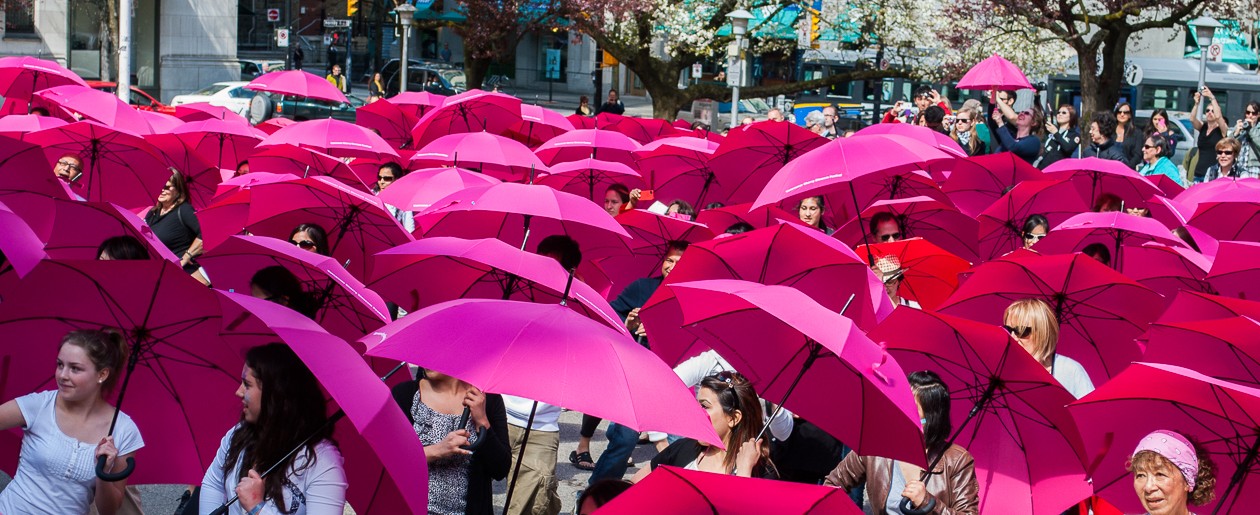For this portrait, Beatrice Cenci, Julia Margaret Cameron drew her inspiration from Percy Shelley’s verse drama, The Cenci, A Tragedy, in Five Acts which was written in 1819. It is a tragic drama about a cruel father who physically abuses his daughter and tortures his family who in desperation plot his murder in order to free themselves from his tyranny. The family succeeds in their plot, but are almost immediately found out, put on trial and executed.
Cameron was frequently ridiculed for her out of focus portraits, the photographic establishment at the time insisting on technically correct and sharp photos. Cameron, however, was not deterred and insisted on making art and based a lot of her work on that of the Pre-Raphaelite painters, studying their lighting techniques. The portrait was made in 1866 during Cameron’s period of making life size, large heads photographs – her “historical and mythical images” (Gurshtein, 2007). She used an 18″ x 22″ Dallmeyer Rapid Rectilinear lens with a focal length of 30″ and used f8 as an aperture. This concentration on the subject’s head meant that the background was out of focus thus rendering the portrait timeless. In defending her “out of focus” work Cameron stated in a letter to Sir John Herschel:
‘What is focus – and who has the right to say what focus is the legitimate focus?’
[Roberts, p55]

The styling of her subject was based on Guido Reni’s painting of Beatrice Cenci, seen below. The model for Cameron’s portrait was May Prinsep. In both renditions the subjects wear a turban, but Cameron’s Beatrice’s turban is loosely wound and the hair cascades in a rather disheveled state down to her shoulders, suggesting the turmoil that the poor girl must have suffered, also alluding to her sexuality. Loose hair during Victorian times was a symbol of female sexuality, hair usually worn bound up or covered with a cap. Her head is angled slightly to camera left, forming a diagonal across the frame. Cameron’s focus is on the camera left side of the subject’s face, which is shadowed, while the opposite side is slightly out of focus and well lit. Perhaps this duality in the lighting is representative of the suffering Beatrice Cenci went through.
In comparing Cameron’s Beatrice to Reni’s Beatrice, I find Reni’s Beatrice to be more defiant. She is gazing directly at the viewer with a pleading look in her eyes, yet at the same time there is an air of resignation about her gaze. Cameron’s Beatrice, on the other hand, does not make eye contact with the viewer at all. Her eyes are downcast and turned to camera left, forcing us into her dark side, enhancing the sense of foreboding. There is tremendous sadness in her expression, one can feel her heartbreak. One senses that her spirit is broken. The soft focus surrounding her head seems to pull her backwards into the frame, like a slow whirlpool, gradually erasing her, just as she faces her death sentence. This portrait just oozes emotion.

Reference List
Beatrice Cenci [online] Available at: https://en.wikipedia.org/wiki/Julia_Margaret_Cameron [Accessed 5 May, 2016]
Gurshtein, Ksenya A. (2007) The Mountain and the Mole-hill: Julia Margaret Cameron’s Allegories [online]. The University of Michigan Museums of Art and Archeology Bulletin Volume 17. Available at: http://quod.lib.umich.edu/b/bulletinfront/0054307.0017.101?view=text;rgn=main [Accessed 5 May, 2016]
Reni, Guido, Beatrice Cenci [online] Bukowskis. Stockholm. Available at: https://www.bukowskis.com/en/auctions/S192/434-guido-reni-efter-beatrice-cenci [Accessed 5 May, 2016]
Roberts, Pam (1992) ‘Julia Margaret Cameron: A Triumph over Criticism’ In: Clarke, Graham (ed.) The Portrait in Photography. London: Reaktion Books Ltd. pp. 47-70.
Bibliography
Clarke, Graham (1997). The Photograph. Oxford: Oxford University Press
